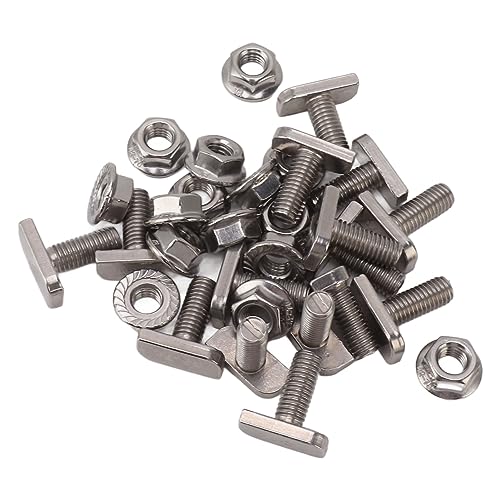Recently I've had a Growatt inverter installed, most things work really nice, one issue that seems to be very common is the reading you get from a Smart meter are not the same as what the Growatt inverter is saying, from what I can gather this is due to CT clamps not been totally accurate.
eg. When Growatt believes it's exporting 0 watts, the Smart meter says about 50 watts usage, this seems pretty consistent too. So of course the outset of this, it that there is a trickle of 50 watts import all day, this of course can add up over a year, I'm on Octopus, so during the night I can charge batteries so I don't want to be exporting any during the day, unless I have surplus from my solar panels.
Now replacing the CT for a Meter really seems overkill, when all that needs to be done is the Growatt inverter just compensates for this 50 watts.. I've searched all over the internet to see how, what seems like a very trivial thing to configure, but Growatts documentation is not very good here

.
But during my search I did find this ->
https://www.photovoltaicsolar.in/Growatt_Manual/MAX Series Modbus RTU Protocol.pdf
You can see that register 1038 . bCTAdjust CTAdjust enable, looks exactly what I'm after, but of course this is just a flag to say to enable a CTAdjust, but what I can't work out is what register & values do you set for the adjustment. The next 4 registers 1039-1042 look like it might have something to do with it, but with them not saying CT I'm really not sure. Or are these register just not what I think they are?..





































































